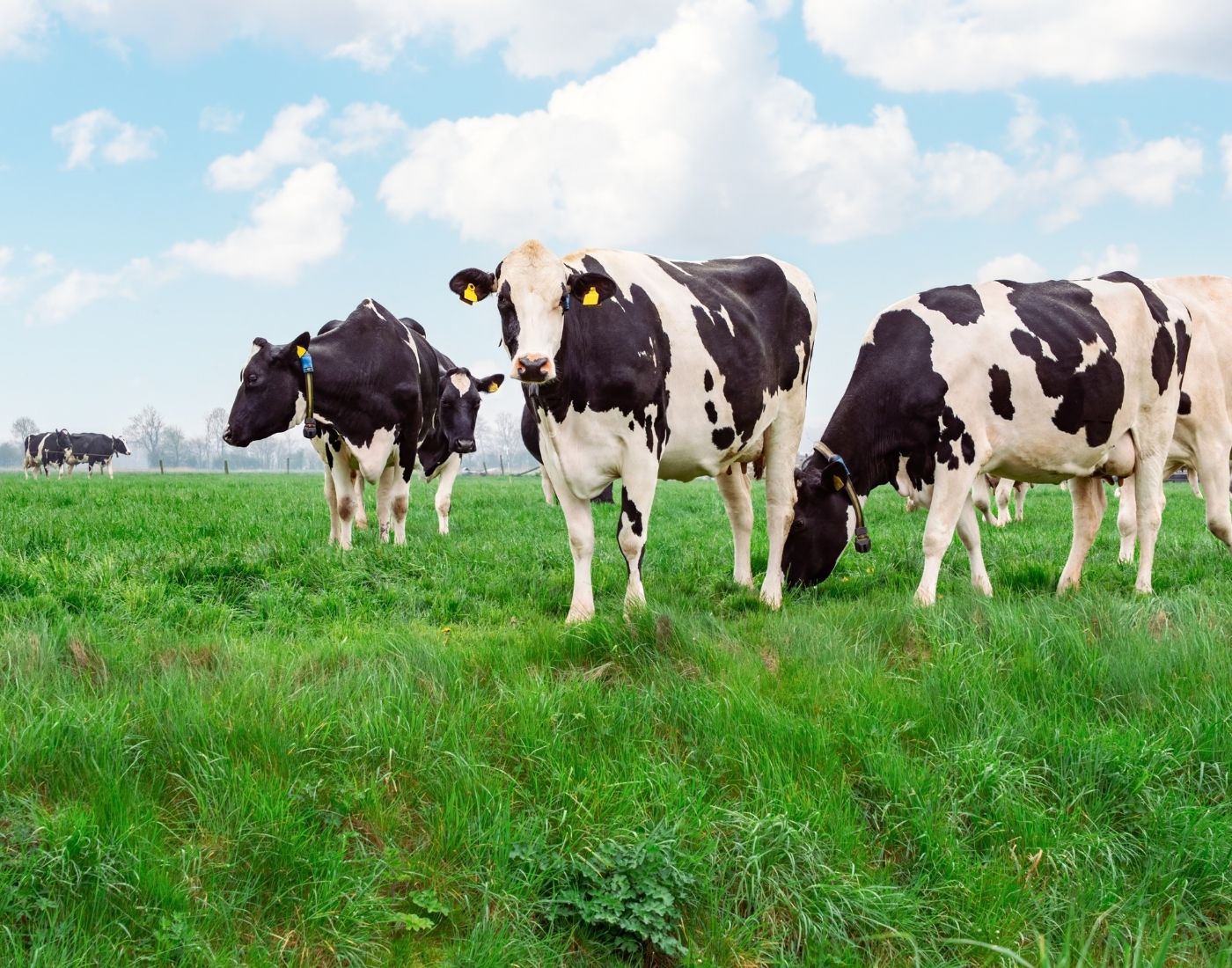The main causes of poisoning on farms are lead and copper.
Farmers can take these five steps to avoid this happening to their animals:
- Check that vehicle and fence batteries are stored securely and out of reach of animals
- Check fields and fences for fly-tipping before putting animals out to pasture
- Check buildings and equipment for old lead paint peeling off
- Check what feed sheep have access to. Some concentrates and minerals are for cattle only
- Check supplements are right for your sheep as breeds such as Texel, Suffolk and North Ronaldsay are more susceptible to copper poisoning
Most poisoning incidents are caused by lead, which can impact the health of animals and put consumers at risk. It can also result in animals being restricted from the food chain until lead levels in their systems are proved safe. This leads to financial costs to farmers as they can’t sell their animals for slaughter and need to pay for animals to be tested for lead.
Watch our video to find out what happened to a farmer in Angus, and what we are doing to raise awareness of lead poisoning.

